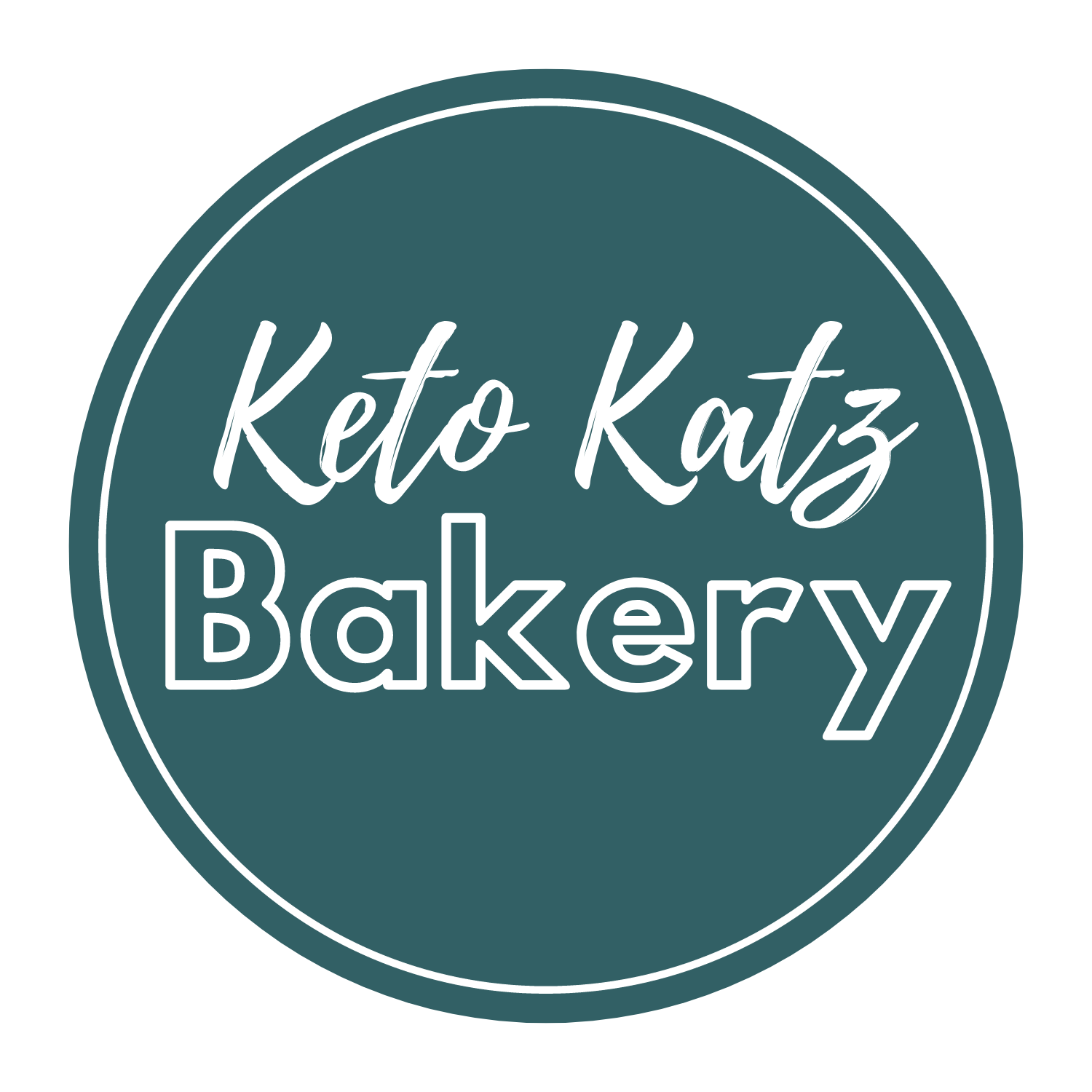How to Build a Keto Plate
“I don’t have time to track my food in an app”
This is one of the most popular phrases I hear my patients say when I ask them how their tracking is going. And honestly, it’s usually why they aren’t making progress like they want to be! We’ve all held an empty plate in our hands at meal time and loaded it up with what we think looks like the right proportions of each food type. But maybe in reality you really don’t know how much 1/2 cup of cottage cheese (4 g carbs) looks like so you give yourself 1 cup (7 g carbs). This isn’t a big deal for one meal, but if you keep doing this throughout the day, over several days, you could easily assume you’re eating 35 g of carbohydrates in a day when it’s actually 62 g carbohydrates. Now these are both low carb numbers and totally healthy! BUT, one is keto and the other is not.
Being in ketosis is literally asking your biochemistry to switch gears so it’s not something you can be loosey goosey about and “think” you’re doing it.
The worst combination, in my opinion, is to guess at eating a ketogenic diet and using urine ketosis test strips. The urine test strips (to my current knowledge of brands available) are notoriously inaccurate and subjective to your opinion of what shade of pink your strip is. If you really want to know that you’re in ketosis, invest a small amount of money in a blood ketone monitor and just know. I got this one from Amazon.
But still, let’s talk about how to get in to ketosis without tracking, because it can be done. Also be sure to grab the free handout below to help you have a visual of this concept.
Can I do keto without tracking macros?
Yes! I think you will be most successful at this if you can:
Be honest with yourself
Be able to keep mental track of how many meals/snacks you’re eating daily
Measuring quantities of food until you feel super confident about accuracy
Continue reading or watch the video below to get my suggestions of how to do the above.
#1: Being honest with yourself means you’re not going to try and sneak in old emotional eating behaviors in to your keto diet….then realize you’re not making any progress….then say “see, no diets work for me no matter what I do”. Taking extra bites, having extra snacks, going back for seconds - those are all ways we unconsciously sabotage ourselves and will make all the different in any diet, especially in the ketogenic diet when macros matter.
#2: Keeping mental track can really be quite easy, especially if you have tracked your macros in the past and know that carbs are hiding in places you didn’t expect like nuts, seeds, vegetables (even these are not free! 🥲), dairy, or packaged foods that say they’re keto. You don’t really need to know how much fat and protein you’re having in terms of grams, but it should be sufficient to keep you satisfied between meals. Aiming for 3-5 ounces of protein and about 2 tbsp of fat is a good mental image. This will vary depending on the specific foods you eat, of course.
Here’s how I keep mental track based on 3 meals and 1 snack:
I start my day with these macro goals in mind: 30 g total carbs, protein at each meal, fat at each meal, veggies with lunch and dinner
BREAKFAST (3 g carb)
2 eggs (protein and fat), 3 pcs sundried tomato (2 g carb- I read the label), 3 tbsp feta (1 g carb, fat & protein)
LUNCH (5 g carb)
Lettuce wrap (2 g carbs) with uncured bacon, mayo (fat & protein) and 4 slices tomatoes (3 g carb). Cheese-stuffed olives (fat & protein).
SNACK (6 g carb)
1/2 avocado with hot sauce (6 g carb & fat)
DINNER (16 g carb)
Keto katz hamburger bun (5 g net carbs) with grass-fed beef, cheese (fat & protein), no-sugar condiments (they still have 1-2 g carbs usually per serving), 1/2 cup jicama fries (5 g carbs) and for dessert 2 keto chocolate covered strawberries (5 g net carbs).
TOTAL: 30 G CARBS
I know there was some combining of total and net carbs in this equation, but I really think this reflects the reality of how most of us do keto. As long as you see progress with health goals/weight loss and you remain in ketosis (which you will if you eat like this example), then you’re doing just fine. I chose to count net carbs for two items above because the keto bun has SO much fiber in it which does not raise blood sugar but will make total carbs look higher. I also did not count total carbs for the keto treat because sugar alcohol makes total carbs look high but again, because it doesn’t raise blood sugar, it doesn’t count towards the total because it won’t knock you out of ketosis. Please email me if you still have questions!
#3: Everyone needs to measure ALL of their food when they first start following their diet, especially if you’ve never done it! I’m telling you, you do not have any concept of how much you’re putting on your plate if you don’t check! Do you really know how much a half of a cup looks like? It’s not much! Do you know how much 4 ounces of meat looks like? You could be eating too little which would possibly prevent you from getting full and lead to eventual binge eating! You could be eating too much which could actually knock you out of ketosis (hard to do, but possible).
My advice- take a week or two and measure. Note the protein, fat and carb content each time and then soon you’ll be great at estimating. 😁


